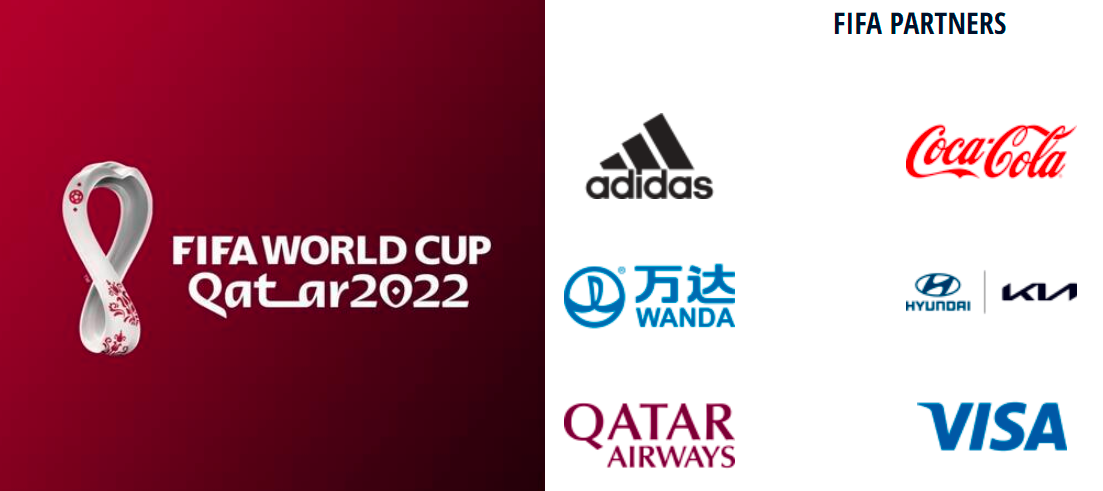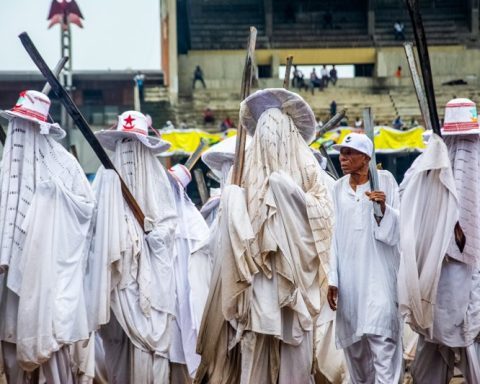The 2022 FIFA World Cup in Qatar was a success in terms of the quality of football played.
It was also a World Cup that saw Qatar spend heavily on facilities in the first ever World Cup played in the winter.
Join our WhatsApp ChannelPrime Business Africa examines how the financial commitments in the tournament would impact on the next World Cup in USA, Mexico and Canada in four years’ time.
The World Cup presents a great opportunity for players to showcase their huge talents to a global audience and perhaps secure new pastures.
A good showing at the World Cup is the lifelong dream of professional footballers and coaches alike. They have the chance to enhance their market value if their teams achieve a feat.
Dreams and reputations can also be ruined at the mundial.
The complexity of hosting the FIFA World Cup is one that will seemingly never go away. In most countries, infrastructural development is a massive boost to the economy.
However, there are always dissenting voices who have risen to oppose the event coming to their homelands due to diverse reasons ranging from inflation, crime rate, scarcity of jobs and overpopulation.
Nonetheless, the big winner in this scenario is the government and the people – the caveat being that the designated host country has a government and Football Association that thrive in management of resources brilliantly.
FIFA themselves are big winners. The world football governing body benefits hugely from sponsorship deals and partnerships with leading organizations in the business and corporate worlds.
Evidently, that is why the world football governing body is keen to expand the number of teams and matches to be played in the 2026 tournament by China, the USA, and Mexico.
The tourism industry is a multi-billion dollar one and is a huge beneficiary of the World Cup as people from all spheres of life and different parts of the world come to the host country to experience the sights and sounds.
Lucky fans and tourists are not left out of the fun of the World Cup, especially those whose countries participated in the tournament.
There are top-class travelling agencies, payment card brands and beverage companies etc that are keen to take advantage of the World Cup to make the experience unforgettable. Their businesses are also given a massive boost in the process.
READ ALSO: World Cup Winners, Argentina, Get $42 million FIFA Prize; France Take $30 Million
The media is a big beneficiary of the World Cup frenzy. The leading television, social media and radio companies have exclusive rights (or receive signals from others) during the biggest tournament in the world.
FIFA is expected to pay $209 million to the clubs whose players participate in the tournament. Insurance benefits add about $134 million.
In terms of actual preparations for the World Cup as regards infrastructures, $220 Billion initial cost of World Cup 2022 was for:
a) Building 12 new air-conditioned stadiums at the cost of $48 billion.
b) For developing the facilities for football fans & players with the cost estimated at $77 billion.
c) For upgrading Qatar’s transportation infrastructure with the budget standing at $50 billion.
d) For developing a new city named “Lusail City” with the project said to have gulped the eyewatering sum of $45 Billion.
Three countries; Mexico, USA and Canada will host the next FIFA World Cup in 2026. The costs of organising the 2022 FIFA World Cup in Qatar may be doubled when the world gathers in these countries.
There are 48 countries expected to take part in that tournament in comparison to the present 32.
With FIFA always looking out for ways to increase the marketability of their competitions, the next World Cup is expected to be another gigantic project.
Izuchukwu Okosi is a Nigerian sports and entertainment journalist with two decades of experience in the media industry having begun his media journey in 2002 as an intern at Mundial Sports International (MSI) and Africa Independent Television (AIT), owners of Daar Communications Plc.

















